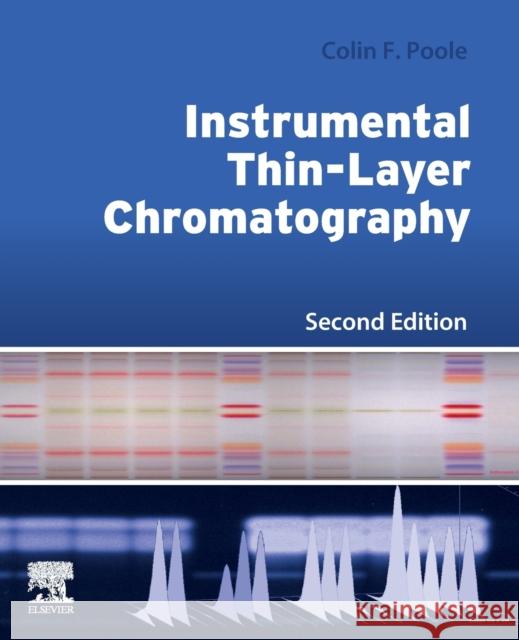Instrumental Thin-Layer Chromatography » książka
topmenu
Instrumental Thin-Layer Chromatography
ISBN-13: 9780323999700 / Angielski / Miękka / 2023 / 660 str.
Kategorie BISAC:
Wydawca:
Elsevier - Health Sciences Division
Seria wydawnicza:
Język:
Angielski
ISBN-13:
9780323999700
Rok wydania:
2023
Ilość stron:
660
Wymiary:
23.5 x 19.1
Oprawa:
Miękka
Dodatkowe informacje:
Bibliografia











